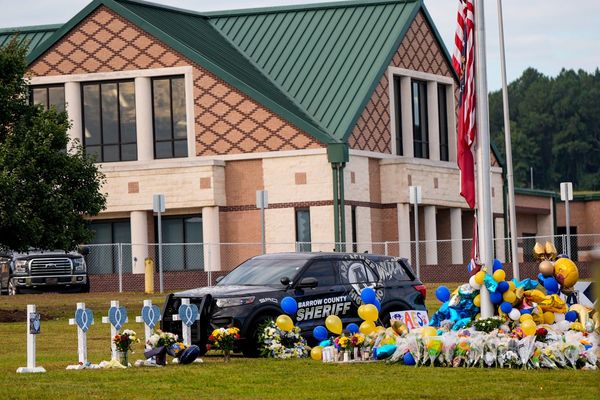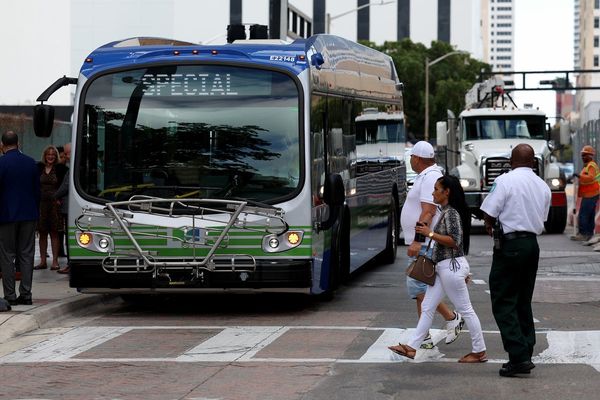Household energy bills could soon top £3,600 a year - but only two-thirds of that pays for gas and electricity as the rest goes on things like tax and the smart meter rollout.
The average energy bill could soar by £1,645 within five months to hit £3,616, power experts at Cornwall Insight said today.
Cornwall Insight said the energy bill price cap, set by regulator Ofgem, would hit that level in January 2023.
More than 80% of British homes are now limited by the price cap, which applies to households with variable rate energy deals paying by direct debit.
Ofgem rules mean energy firms have to charge customers on price cap deals in a similar way.
That makes it simple to work out exactly what your higher bills will be paying for.

Wholesale costs - £2,579.12
This the price that energy firms pay for the gas and electricity they buy.
That cost is then passed on to customers.
It is currently the largest part of any household energy bill by far.
Network costs - £371.06
This cost pays for building, running and maintaining gas pipes and electricity wires.
But it also covers the cost of energy firms that have failed.
Dozens of energy companies collapsed last year as the price of gas began to soar - and the price cap meant firms could not pass these costs on to customers right away.
Other energy firms stepped in to pick up the customers of the failed ones, and we are now all picking that cost up in our bills.
Operating costs - £230.1
This goes towards the costs of running an energy company - things like sending out bills, customer service and paying for offices.
VAT - £172.18
This needs little explanation - each energy bill has Value Added Tax (VAT) added to it by the Government.
Policy costs - £154.36
This pot of cash pays for Government tweaks to the energy market.
These include things like the smart meter rollout, as well as the Warm Home Discount - a £150 benefit to pensioners and qualifying households on benefits.
Profit before tax - £64.59
Technically this money is 'earnings before interest and tax', or EBIT.
This is the 'profit' energy companies would make on the average price-capped deal.
Headroom allowance - £44.34
This is the wriggle room built into price cap energy deals by Ofgem.
It lets energy firms deal with unexpected costs that might crop up.
What is the Ofgem energy price cap?
Despite what its name suggests, the price cap isn't really a limit on how much you pay for energy - but it does work a bit like that.
Instead, it sets a limit on the rates a supplier can charge for each unit of gas and electricity you use and is reviewed twice a year.
The price cap is altered every six months, in April and October but Ofgem has proposed to change this to every three months instead.
This means it would be reviewed again in January.
Ofgem first introduced the price cap in 2019 and it is based on a number of factors including the wholesale cost of power in the previous six months.







